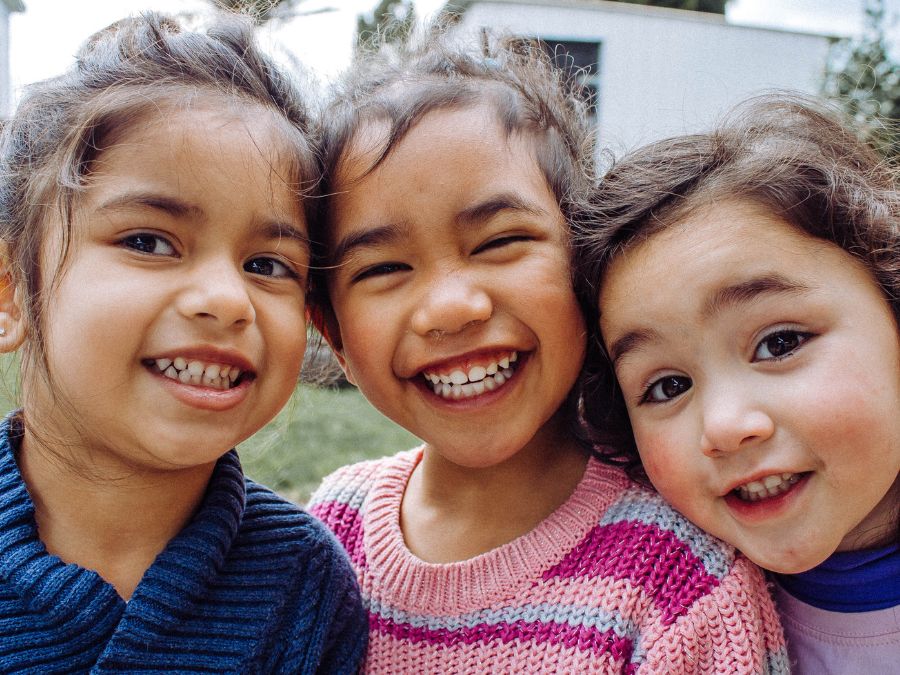
For many educators, the end of July is a time to start brainstorming about the set up of your classroom. When thinking about how to decorate your classroom and how to get to know your students, consider doing this in a HOPEful way. Below are 10 tips to add HOPE and the Four Building Blocks to your classroom before students even arrive. The environment building block is a large focus for these tips, but educators can practice each block and make them accessible to students. Children and youth spend most of their time in classrooms, and educators can be promote strong relationships, safety and stability, engagement with the class, and offer space to grow – intellectually and emotionally. Learn more below and tag us on Twitter or LinkedIn to share how you promote positive childhood experiences and the Four Building Blocks of HOPE throughout the school year.
- Hang up posters and images throughout the classroom that show a diverse representation of background, ethnicity, and gender.
- Think about how you want students to sit. Arranging desks in clusters can promote new friendships and unstructured interactions.
- Use the four building blocks to guide questions that will help you and the other students get to know each other. Students have different experiences over the summer depending on the financial circumstance of their family.
- What was something you enjoyed this summer?
- Who did you do it with?
- Where were you?
- What were you doing?
- And what did you find enjoyable about it?
- What was something you enjoyed this summer?
- Find out if your school offers funding to have extra school supplies for any students who arrive without them? If not, is there a local organization you can reach out to?
- Think about how you want to introduce yourself to this new class. How can you make them feel welcome and comfortable? Is there a story you can share with them about your summer or a time when you started school, and how it made you feel?
- Set up classroom norms for this new community of students and their families. One example is allowing fidget tools to help students pay attention when they may typically lose focus.
- Create classroom incentives, like a prizes for participating in PCEs. Look for ways to make this an equitable experience for students of all backgrounds and abilities to feel celebrated. Try creating milestones all students can reach or look for atypical achievements like a student who is trying and did not giving up.
- Make a chart of responsibilities, where students are responsible for a task. This will give them a sense of belonging, responsibility, and pride.
- Share your personality when setting up your classroom. Share your hobbies with your class, with posters from age-appropriate movies you like, or art that you have made. Help the students get to know you by sharing yourself with them.
- Encourage students to make an “all about me” book so that you can learn about their individual strengths, families, cultures, and needs in the classroom.


